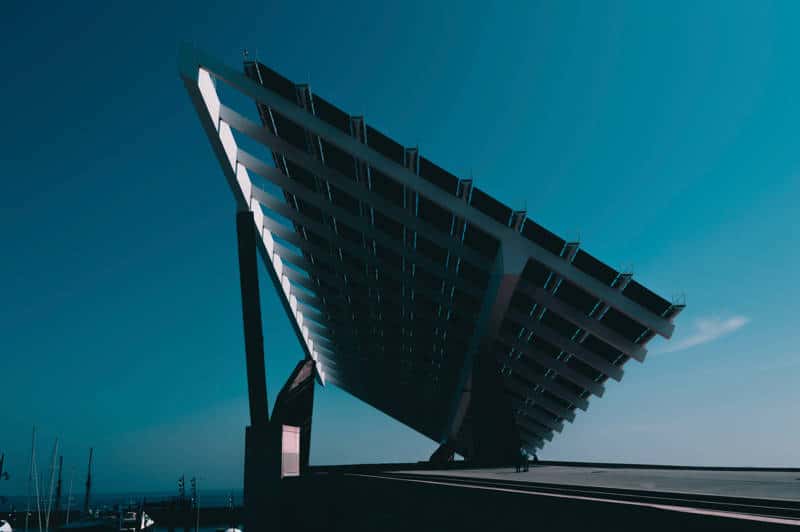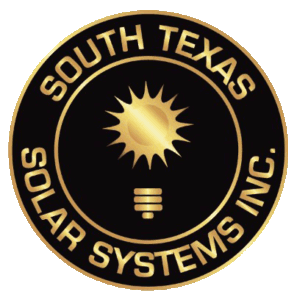
Solar systems are basically installed grid tied or off-grid.
The second one is powered by batteries instead of local power.
There is nothing worse than running out of battery when you need it the most.
Ensuring you have energy storage for any outage or emergency is a must when it comes to solar energy, this is possible through a battery backup.
Here the team of South Texas Solar Systems Inc. breaks down the best of solar system batteries and solar battery backups for you to know when the time comes.
As we’ve mention above, in any off-grid power system, you must have a battery bank for it to work.
It is one of the most complex and expensive components of the solar power system.
They have to be large enough to supply power through all year, but not too large that can’t get full charge and ruin batteries. Choosing the right battery bank is a crucial step when you start designing your off-grid system.
Composed of a single battery or multiple interconnected batteries, a battery bank works a at a certain voltage and amp-hour capacity to power your system.
There are three main types of solar batteries for home: flooded lead acid, sealed lead acid and lithium. The first two have a lower upfront cost, while lithium batteries have the longest lifespan.
Flooded lead acid go from $772 USD until $13,000 USD, Sealed lead from $1,000 to $24,000 USD and Lithium batteries from $6500 until $32,000 USD.
Lead acid batteries have been tried around for years and the tradeoff of the low cost comes in maintenance. Occasional tune-up is necessary; however, it’s considered to be the best value battery for off-grid systems if you feel comfortable with DIY projects.
Lithium batteries keep up with your power demands for a very long time and are a great storage option.
They also make it easier for you to expand your solar system overtime if you feel like it, without the need to change all your battery bank again. This could be more difficult or even impossible to achieve with lead acid batteries.
They can handle plenty amount of days without needing to be recharged.
As for sealed lead acid batteries, they work better for places or vehicles you don’t use that often.
If you don’t use your system on a daily basis, this would be the catch for you.
They have lower capacity, but they don’t require regular maintenance and are not that expensive.
The best solar system batteries for living grid-tied, but securing a battery backup for emergencies, depend a lot on how and on what basis you use your solar system and how much maintenance are you able or willing to apply to your battery bank.
This also depends a lot on how much energy you are consuming today at your home or business. Click here to get a free quote today and see how much you can save: www.txsolarsystems.com/free-estimate
